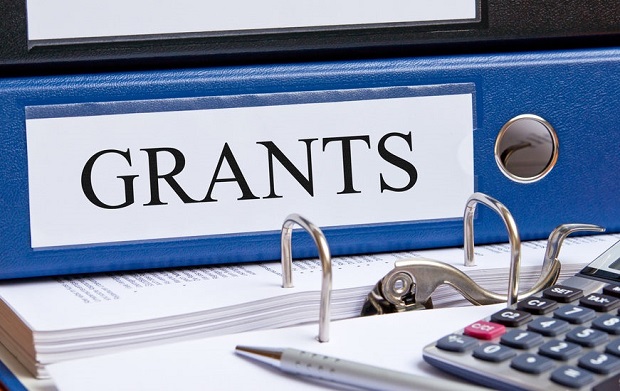
An excellent method of increasing the productivity of your staff and the morale of a company is the proper use of performance reviews. When utilized correctly, performance reviews can drastically improve your business opportunities. When used wrong, however, they can actually do more harm than good.
The Purpose of Performance Reviews
The most important factor necessary for successful performance reviews is that your staff (and you) understand their purpose. They can elicit fear in employees because they feel as though they are being scrutinized. The goal of the process is to come to a collective understanding of what needs to be accomplished and how; how to determine it has been accomplished properly; the strengths and interests of each member; the weak points; and the available incentives. The key is to realize that it is about shared consciousness of these issues. This means that the process should be involving and interactive. Concerns that employees have should be taken seriously.
The Performance Review Process
The process can be divided into four basic stages. Clear goals are set, the work is done, the goals are compared to the actual results of the work, and new goals are set. The problem with most incarnations of the performance review process is that step three is often overly emphasized to the detriment of the other steps. To harness the process most effectively, it is important to build bidirectional relationships with the staff. This allows strengths to be harnessed more effectively, whereas weaknesses are often more difficult to improve upon.
Common Evaluation Statements
It should be obvious by now that forms are not the goal of the performance review process. They are simply a tool. Nevertheless, it is helpful to focus on some of the common evaluation statements to see what areas of performance should be evaluated. Statements can typically be divided into discussions of properly used attributes, attributes that are not being utilized, and attributes that could be improved upon. Attributes that are not being utilized are perhaps the most important, as they can be used to generate a competitive advantage within a short period. Attributes that could be improved upon should not always be viewed as characteristics that should be improved upon. Sometimes it is more effective to let somebody else take over those aspects of the work.
Resources
Wisconsin Department of Employment Relations – “Performance Evaluation Review and Planning.”





